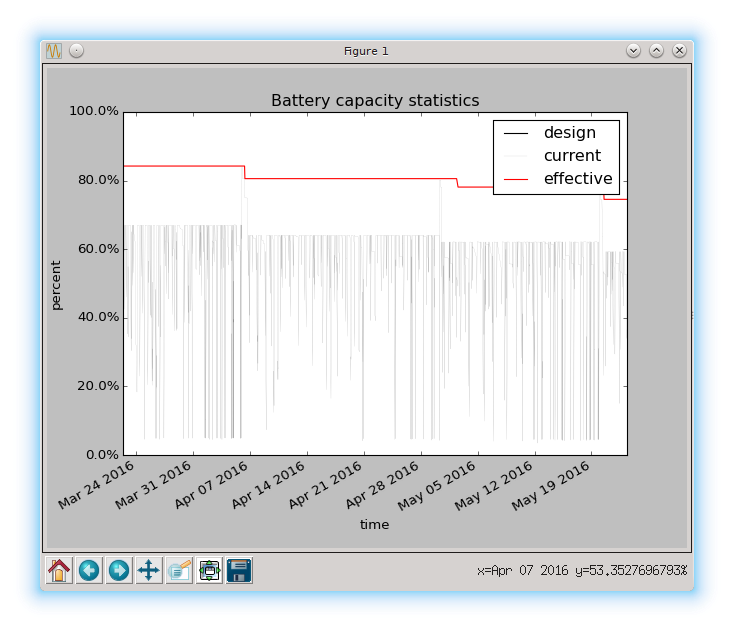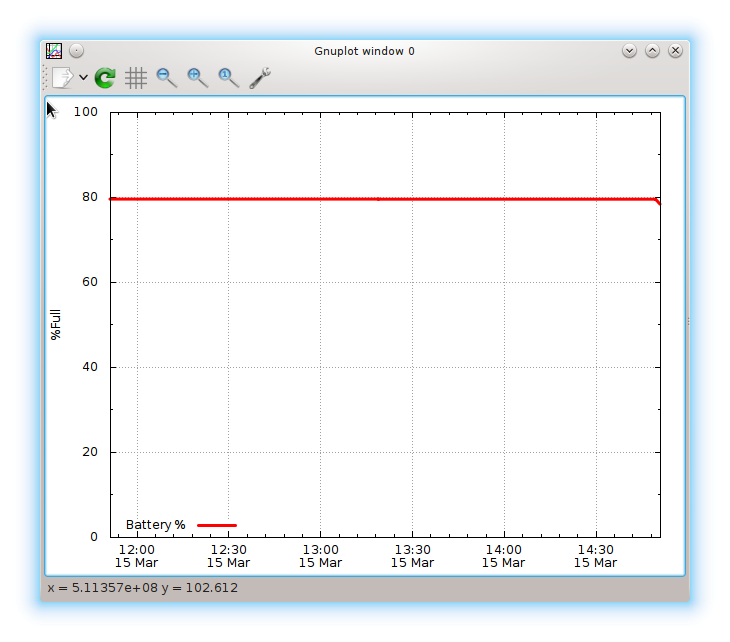+
The Isenkram
+system I wrote two years ago to make it easier in Debian to find
+and install packages to get your hardware dongles to work, is still
+going strong. It is a system to look up the hardware present on or
+connected to the current system, and map the hardware to Debian
+packages. It can either be done using the tools in isenkram-cli or
+using the user space daemon in the isenkram package. The latter will
+notify you, when inserting new hardware, about what packages to
+install to get the dongle working. It will even provide a button to
+click on to ask packagekit to install the packages.
+
+
Here is an command line example from my Thinkpad laptop:
+
+
+% isenkram-lookup
+bluez
+cheese
+ethtool
+fprintd
+fprintd-demo
+gkrellm-thinkbat
+hdapsd
+libpam-fprintd
+pidgin-blinklight
+thinkfan
+tlp
+tp-smapi-dkms
+tp-smapi-source
+tpb
+%
+
+
+
It can also list the firware package providing firmware requested
+by the load kernel modules, which in my case is an empty list because
+I have all the firmware my machine need:
+
+
+% /usr/sbin/isenkram-autoinstall-firmware -l
+info: did not find any firmware files requested by loaded kernel modules. exiting
+%
+
+
+
The last few days I had a look at several of the around 250
+packages in Debian with udev rules. These seem like good candidates
+to install when a given hardware dongle is inserted, and I found
+several that should be proposed by isenkram. I have not had time to
+check all of them, but am happy to report that now there are 97
+packages packages mapped to hardware by Isenkram. 11 of these
+packages provide hardware mapping using AppStream, while the rest are
+listed in the modaliases file provided in isenkram.
+
+
These are the packages with hardware mappings at the moment. The
+marked packages are also announcing their hardware
+support using AppStream, for everyone to use:
+
+
air-quality-sensor, alsa-firmware-loaders, argyll,
+array-info, avarice, avrdude, b43-fwcutter,
+bit-babbler, bluez, bluez-firmware, brltty,
+broadcom-sta-dkms, calibre, cgminer, cheese, colord,
+colorhug-client, dahdi-firmware-nonfree, dahdi-linux,
+dfu-util, dolphin-emu, ekeyd, ethtool, firmware-ipw2x00, fprintd,
+fprintd-demo, galileo, gkrellm-thinkbat, gphoto2,
+gpsbabel, gpsbabel-gui, gpsman, gpstrans, gqrx-sdr, gr-fcdproplus,
+gr-osmosdr, gtkpod, hackrf, hdapsd, hdmi2usb-udev, hpijs-ppds, hplip,
+ipw3945-source, ipw3945d, kde-config-tablet, kinect-audio-setup,
+libnxt, libpam-fprintd, lomoco,
+madwimax, minidisc-utils, mkgmap, msi-keyboard, mtkbabel,
+nbc, nqc, nut-hal-drivers, ola,
+open-vm-toolbox, open-vm-tools, openambit, pcgminer, pcmciautils,
+pcscd, pidgin-blinklight, printer-driver-splix,
+pymissile, python-nxt, qlandkartegt,
+qlandkartegt-garmin, rosegarden, rt2x00-source, sispmctl,
+soapysdr-module-hackrf, solaar, squeak-plugins-scratch, sunxi-tools,
+t2n, thinkfan, thinkfinger-tools, tlp, tp-smapi-dkms,
+tp-smapi-source, tpb, tucnak, uhd-host, usbmuxd, viking,
+virtualbox-ose-guest-x11, w1retap, xawtv, xserver-xorg-input-vmmouse,
+xserver-xorg-input-wacom, xserver-xorg-video-qxl,
+xserver-xorg-video-vmware, yubikey-personalization and
+zd1211-firmware
+
+
If you know of other packages, please let me know with a wishlist
+bug report against the isenkram-cli package, and ask the package
+maintainer to
+add AppStream
+metadata according to the guidelines to provide the information
+for everyone. In time, I hope to get rid of the isenkram specific
+hardware mapping and depend exclusively on AppStream.
+
+
Note, the AppStream metadata for broadcom-sta-dkms is matching too
+much hardware, and suggest that the package with with any ethernet
+card. See bug #838735 for
+the details. I hope the maintainer find time to address it soon. In
+the mean time I provide an override in isenkram.
+
+






